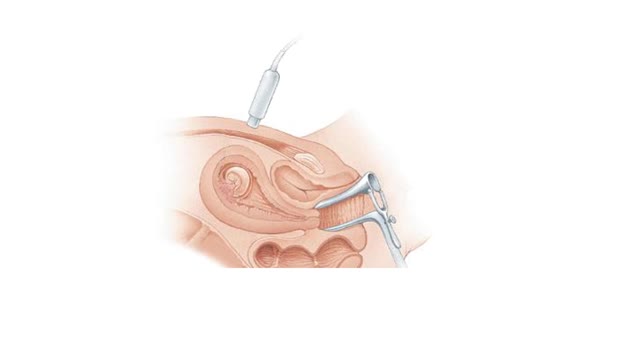Dissociative Disorders (Part 2)
Dissociative disorders (DD) are conditions that involve disruptions or breakdowns of memory, awareness, identity, or perception. People with dissociative disorders use dissociation as a defense mechanism, pathologically and involuntarily. Some dissociative disorders are triggered by psychological trauma, but dissociative disorders such as depersonalization/derealization disorder may be preceded only by stress, psychoactive substances, or no identifiable trigger at all. The dissociative disorders listed in the American Psychiatric Association's DSM-5 are as follows: Dissociative identity disorder (formerly multiple personality disorder): the alternation of two or more distinct personality states with impaired recall among personality states. In extreme cases, the host personality is unaware of the other, alternating personalities; however, the alternate personalities can be aware of all the existing personalities. This category now includes the old derealization disorder category.[further explanation needed] Dissociative amnesia (formerly psychogenic amnesia): the temporary loss of recall memory, specifically episodic memory, due to a traumatic or stressful event. It is considered the most common dissociative disorder amongst those documented. This disorder can occur abruptly or gradually and may last minutes to years depending on the severity of the trauma and the patient. Dissociative fugue (formerly psychogenic fugue) is now subsumed under the dissociative amnesia category. It is described as reversible amnesia for personal identity, usually involving unplanned travel or wandering, sometimes accompanied by the establishment of a new identity. This state is typically associated with stressful life circumstances and can be short or lengthy. Depersonalization disorder: periods of detachment from self or surrounding which may be experienced as "unreal" (lacking in control of or "outside" self) while retaining awareness that this is only a feeling and not a reality. Dissociative seizures also known as psychogenic non-epileptic seizures: seizures that are often mistaken for epilepsy but are not caused by electrical pulses in the brain and are in fact another form of dissociation. The old category of dissociative disorder not otherwise specified is now split into two: Other specified dissociative disorder, and unspecified dissociative disorder. These categories are used for forms of pathological dissociation that do not fully meet the criteria of the other specified dissociative disorders, or if the correct category has not been determined. Both dissociative amnesia and dissociative fugue usually emerge in adulthood and rarely occur after the age of 50. The ICD-10 classifies conversion disorder as a dissociative disorder while the DSM-IV classifies it as a somatoform disorder.
Add To
You must login to add videos to your playlists.
Advertisement












Comments
0 Comments total
Sign In to post comments.
No comments have been posted for this video yet.